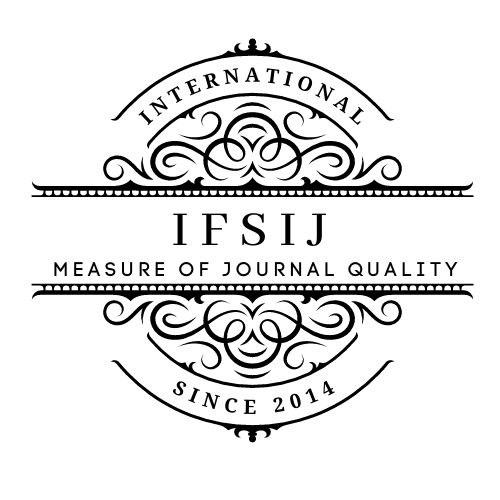THE DEPICTION OF BAKSHIS AND MYTHOLOGICAL FIGURES IN THE TURKIC VERSIONS OF THE "ASHIQ NA’JEP" EPIC
Keywords:
Pir, forty shiltens, wishes, disciple, bakhshi, master, poem, repertoire, version, song, music, tradition, art, image.Abstract
This article discusses shamanic and demonological images in the poem "Ashik Najep", one of the most popular anonymous poems among the Uzbek, Karakalpak and Turkmen peoples, which have long been neighbours in the ethnocultural area of Central Asia in the Aral Sea region. Basically the repertoire of Ruzimbek Muratov and the version of Ugulzhan khalfa who lived in Khorezm region in the Uzbek language, the version in Turkmen by Mammetanna Sopyev, the variants and the versions of Karazhan Batir in the Karakalpak language are included in the comparative analysis. In this place, the poem reveals the love of the people for the art of music, the importance of music in matters of education, the peculiarities of the art of “baqsishiliq” (the art which performs poems) and the issues of customs and traditions. In addition, the epic tells about the creation of the image of a “bakhshi” (a person who performs poems), the traditions of giving wishes by the divine powers and forty shiltens and the peculiar differences in master-disciple matters. As a result, according to each person and nation came from their national mentality, it is noted that the poem "Ashik Najep" was performed by “baqsi” in various repertoires.
Downloads
Published
How to Cite
Issue
Section
License

This work is licensed under a Creative Commons Attribution-NonCommercial-NoDerivatives 4.0 International License.















